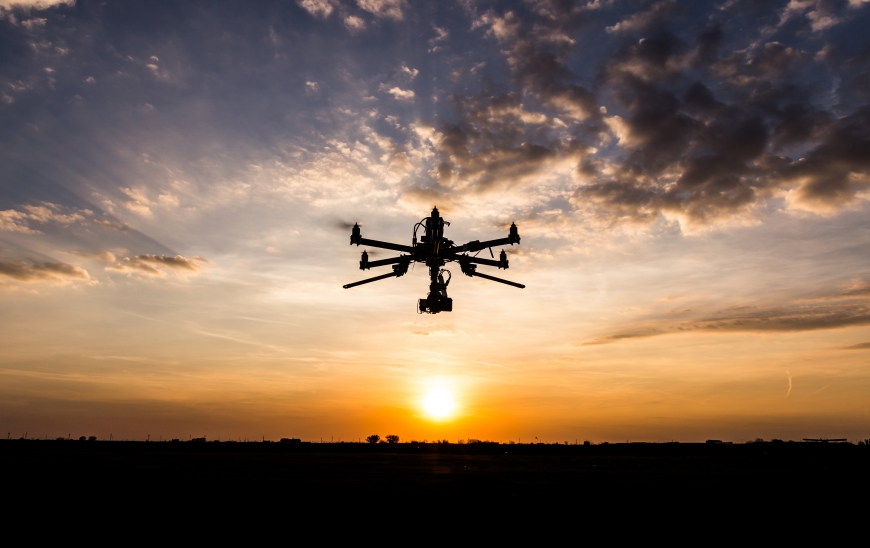The Stanford School of Earth, Energy & Environmental Sciences is now part of the Stanford Doerr School of Sustainability.
This page is currently being maintained for archival purposes only. For the latest information, please visit us here.
Registration Open for Mobile Monitoring Challenge
The competition will provide a level and controlled playing field for testing remote technologies to monitor methane leaks from the oil and gas industry.
By
Ker Than
September 5, 2017

Credit: Shutterstock
A new competition co-sponsored by Stanford University’s Natural Gas Initiative (NGI) and the Environmental Defense Fund (EDF) is calling all engineers and technology developers to submit proposals for mobile methane leak monitoring technology by October 31, 2017.
Qualified applicants will have access to controlled field testing for remote technologies to monitor methane leaks from the oil and gas industry.
The Mobile Monitoring Challenge will take place at an outdoor test site in Sacramento over a 3-week period in early 2018. A group led by Stanford University’s Adam Brandt will design and administer a series of large-scale controlled methane releases and select teams will use mobile technologies to detect and monitor the leaks. The technologies can be ground based (truck-mounted) or aerial (planes, satellites, etc.), but they must be able to quickly assess leaks while in motion and off-site.
“The Mobile Monitoring Challenge provides an exciting opportunity to compare — on an equal footing — numerous proposed methane detection technologies,” said Brandt, an assistant professor of energy resources engineering at Stanford’s School of Earth, Energy & Environmental Sciences.
The natural gas sector has seen enormous technological change in recent years, resulting in lower gas costs and abundant reserves. When burned, natural gas releases about half as much carbon dioxide as coal. However, methane – a major component of natural gas – is a greenhouse gas 84 times as powerful as carbon dioxide over the first 20 years from release. For this reason, reducing leaks and emissions of unburned methane is a key challenge to achieving a more sustainable energy system.
“Mobile methane monitoring could offer next generation capability that complements continuous monitoring. Together, they could offer a 1-2 punch to comprehensively monitor and address emissions that pose a serious challenge across a highly diverse industry,” said Ben Ratner, director of EDF+Business.
The oil and gas industry accounts for about one-third of all methane emissions in the U.S. In 2016, the U.S. Environmental Protection Agency updated its standards to reduce methane emissions across the natural gas industry. However, natural gas prices are at record lows – about $3 per million cubic feet – reducing the economic incentive to employ leak mitigation solutions. There is therefore a need for mobile, low-cost, and preferably fast solutions for finding gas leaks.
“Innovation in mobile monitoring promises faster, cheaper detection of potent methane emissions,” Ratner said. “EDF is pleased to support Stanford’s cutting edge work to independently assess the technologies of tomorrow.”
After the competition concludes, Stanford researchers will analyze each team’s findings and publish the results in open and peer-reviewed scientific journals.
“Going through the scientific peer-review process adds another layer of validation to our study and will help businesses and policy makers to make informed choices to achieve methane reduction targets,” said Arvind Ravikumar, a Stanford postdoctoral research fellow who is helping design the MMC.
To apply for the Mobile Monitoring Challenge, visit methane.stanford.edu to submit proposals by October 31, 2017.







